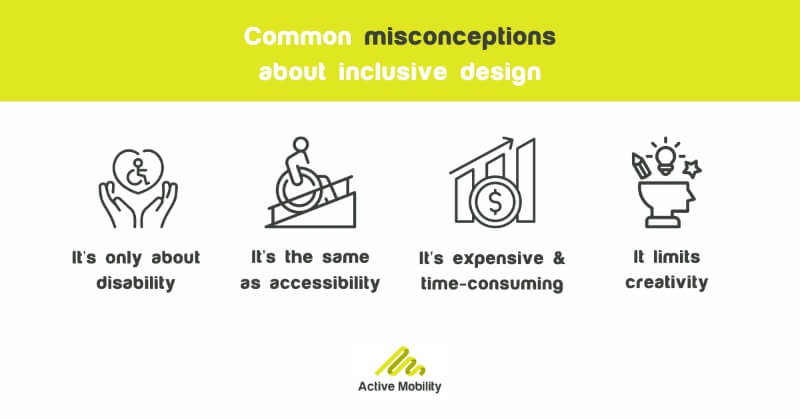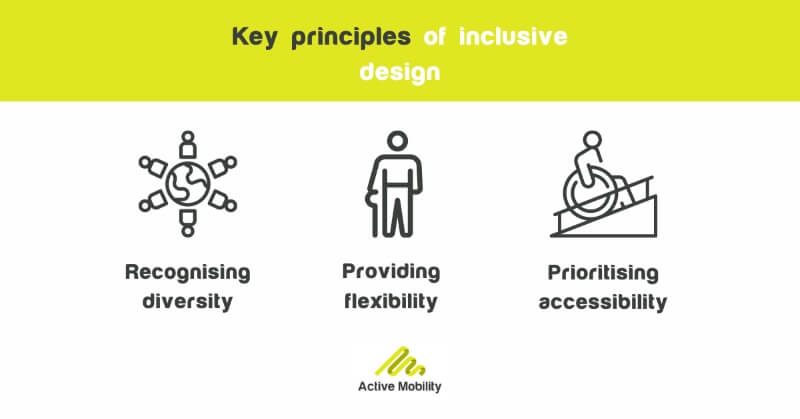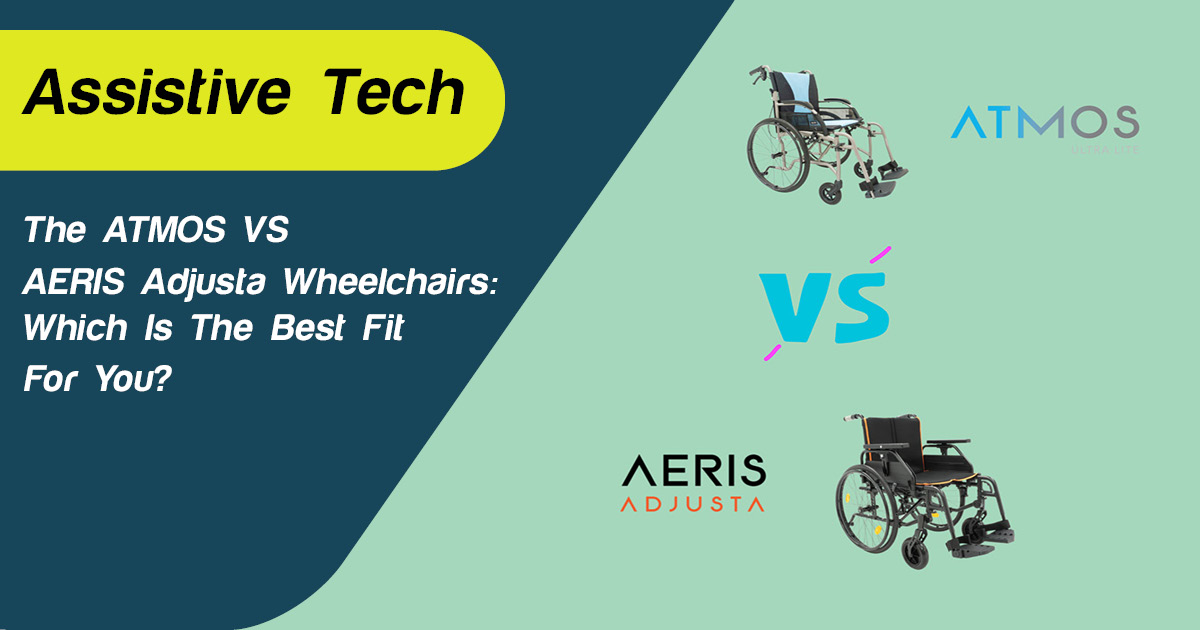
Share
Inclusive design is revolutionising accessibility in our everyday environments. You might wonder why accessibility is important, but consider this: creating spaces and products that everyone can use, regardless of their abilities, enriches our society and improves the quality of life for all.
From public buildings to digital interfaces, inclusive design principles are shaping a world where no one is left behind.
Here, you'll discover the key principles of inclusive design and how to implement them—whether you’re a business owner, an architect, or simply expanding your knowledge. We'll explore real-world examples of inclusive design that demonstrate its transformative power, and you'll also learn about the challenges of implementing inclusive design strategies and how to measure their success.
By the end, you'll clearly understand how inclusive design can create more accessible and welcoming spaces for everyone.
What is inclusive design, and why is accessibility important?

Photo 191845061 © Photographerlondon | Dreamstime.com
Inclusive design is a methodology that aims to create products and services that are accessible to and usable by as many people as possible without the need for special adaptation or specialised design.
This approach considers the full range of human diversity, including ability, language, gender, age, and other forms of human difference. It's important to note that inclusive design goes beyond mere accessibility, focusing on the design process rather than just the outcome.
The importance of inclusive design cannot be overstated. Over 1.3 billion people worldwide live with some form of disability, including approximately 5.5 million people in Australia alone. When you consider temporary and situational impairments, it becomes clear that anyone can experience difficulty at some point.
By adopting inclusive design principles, you're creating a more equitable world and tapping into an ever-growing market.
Common misconceptions about inclusive design

- It's only about disability: While disability is a crucial aspect, inclusive design also considers factors like age, language, and cultural background.
- It's the same as accessibility: While related, inclusive design is a broader approach considering the entire design process, not just the end result.
- It's expensive and time-consuming: In reality, incorporating inclusive design principles from the start can save time and resources in the long run.
- It limits creativity: On the contrary, inclusive design often leads to innovative solutions that benefit all users.
Key principles of inclusive design

- Recognising diversity: Inclusive design celebrates people's diversity and aims to remove barriers that create undue effort and separation. It's about understanding and enabling people of all backgrounds and abilities. This approach goes beyond accommodating specific needs and considers factors like age, gender, culture, and language.
- Providing flexibility: Flexibility involves creating products, services, and environments that can be easily modified or adjusted to meet the needs of a wide range of users. This approach recognises individuals' abilities, preferences, and requirements.
- Prioritising accessibility: Accessibility is at the heart of inclusive design. It focuses on ensuring that interfaces and technology can be used by people with disabilities, including auditory, cognitive, physical, and visual impairments.
Putting inclusive design into practice

To implement inclusive design effectively, you will first need to engage with individuals representing various abilities through interviews, surveys, and usability testing. This approach lets you observe users interacting with existing products and services, revealing valuable insights into their needs and pain points.
By involving users with disabilities throughout the design process, you can validate design decisions and identify areas for improvement.
Recruiting participants beyond your usual circle is crucial to ensure diverse representation in your research. Consider factors like geographic location, industry, age, gender identity, sexuality, language, ethnicity, disabilities, visual or auditory impairments, neurodiversity, and educational background (as relevant).
This inclusive approach helps you create user experiences that work for everyone, benefiting your customers and your business.
Addressing common obstacles
Implementing inclusive design can seem like a big job, but you can start by asking the right questions and using appropriate resources. To overcome biases and assumptions, consider various scenarios that might affect user experience. Here are some key questions to ask yourself:
Accessibility
|
Sensory Considerations
|
Spatial Design
|
Comfort & Safety
|
Cultural & Social Inclusion
|
Technological Integration
|
It is crucial to recognise that inclusive design is an ongoing process, not a pass-or-fail outcome. Even with careful planning, you might not be able to imagine how people will use your product or service. That's why it's essential to test early and often, involve people with disabilities in your testing process, and take note of important qualitative data for ongoing improvement.
Continuous improvement strategies
To foster a culture of inclusivity and drive meaningful change, consider these strategies:
- Surveys & Interviews: Regularly collect feedback from diverse users, including those with disabilities, to understand their experiences and needs. You might also organise focus groups with representatives from different user demographics to discuss specific design elements and potential improvements.
- Flexibility in Design: Design spaces that can be easily adapted to meet changing needs and accommodate different uses. Meanwhile, modular design principles should be used to allow for easy modifications and updates as user needs evolve.
- Regular Assessments: Conduct periodic accessibility and inclusivity audits to identify areas for improvement and engage accessibility experts to review your design regularly.
- Technology Integration: Continuously integrate new assistive technologies and implement smart building systems that can adapt to individual needs, like adjustable lighting and automated doors.
- Policy & Standards Compliance: Stay current with accessibility laws and standards to ensure ongoing compliance and adopt best practices from leading inclusive design frameworks and guidelines.
- Monitoring & Analytics: Monitor usage data and analytics to identify patterns and areas where users may face difficulties. To keep the flow of information consistent, implement easy-to-use feedback mechanisms within the building, like digital feedback kiosks.
By employing these strategies, organisations can ensure their inclusive design practices remain effective and responsive to the needs of all users.
Work towards more inclusive designs with Active Mobility
Designing for different abilities is an essential aspect of creating inclusive and functional spaces that cater to the needs of all individuals. At Active Mobility, we understand that accessibility goes beyond just meeting basic standards; it involves a thoughtful approach to ensure everyone can easily navigate, use, and enjoy their environment.
This means incorporating features like ramps, wider doorways, and accessible bathrooms to accommodate individuals with mobility impairments and ensuring that all amenities are within easy reach.
We offer a range of products (including home and commercial building modification products) designed to improve inclusivity in our community. With products sourced from trusted, internationally recognised brands and being a registered Changing Places provider, Active Mobility is your partner in effective inclusive design.
Browse our products online or book a showroom appointment with our team of occupational therapists and product specialists today. We have locations in Newcastle and Sydney!









